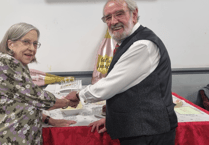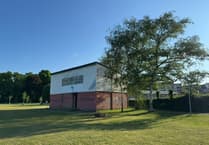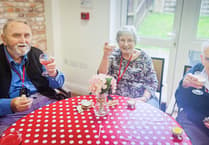THE imposing building with its angled turret that is adjacent to the Kiln Bridge at St John’s is surely one of Woking’s better-known landmarks.
It is Grosvenor House, whose address is 1, St John’s Road.
During the 1980s it was the Famichel Gift Shop, but for some years it has been a restaurant. At one time it served Chinese food, but now specialises in Nepalese and Indian cuisine.
However, go back 110 years and Grosvenor House was occupied by draper Henry Trump. He is listed on the 1911 census aged 39, living there with his wife Lily Mary, aged 34, and their two children, Edith aged one year and William, eight months old.
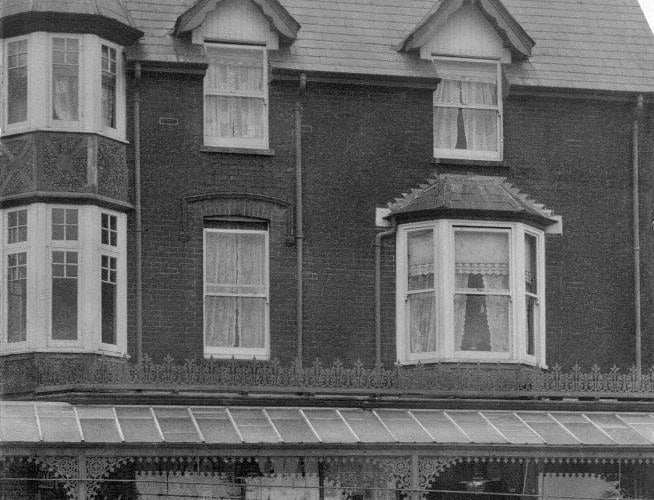
A picture postcard from Peeps into the Past researcher Mark Coxhead’s collection shows Mr Trump’s shop with two women and two children standing outside. Note the ornate ironwork supporting a glass canopy. Evidently, even as late as the 1980s the name “Henry Trump” was still visible painted on a side wall of the building.
Other traders who were in business in St John’s more than a century ago can be found advertising in back copies of the News & Mail on microfilm at the Surrey History Centre.
Examples of adverts that Mark found from 1894 include those being family butcher C Redway, who proclaimed “home-killed English meat only” and carriage proprietor W Tull, who stated “ponies, carriages and carts let on hire”.
Kiln Bridge, which spans the Basingstoke Canal, is so named as the area around it was once a hive of activity in the manufacture of bricks.
It is thought that as far back as the early 1700s, clay was being dug in the area and moulded into bricks. Once dry they were burnt in a kiln that was made of bricks. Another method was to stack the bricks in the open, and then cover them with turf or clay. A fire was lit under the pile and left to burn to bake the bricks.
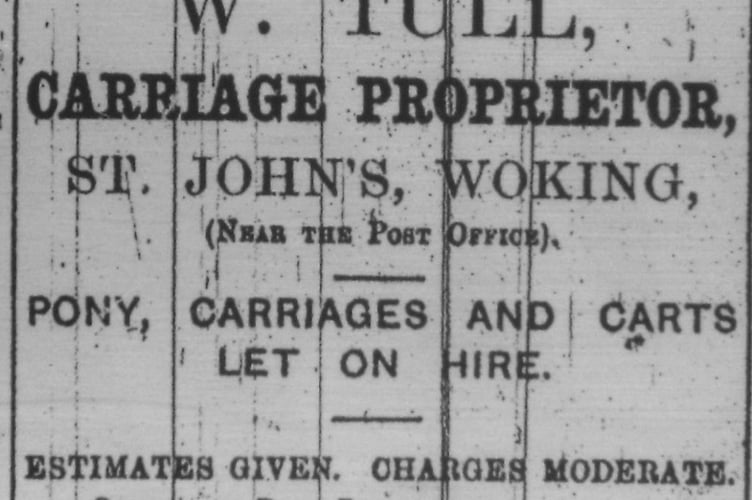
When the Basingstoke Canal was being constructed in the 1790s, further brickworks opened up to supply its needs, and Kiln Bridge was so named. The area was known as that too. It became St John’s only when the church of St John the Baptist was built in 1840 as a chapel of ease to St Peter’s in Old Woking.
Towards the end of the 19th century, the original brick-arch bridges that spanned the canal had fallen into a poor state, following years of neglect. Hump-backed and narrow, they were not fit for the increasing volume of traffic.
In 1898, the waterway’s owners, The Woking, Aldershot and Basingstoke Canal and Navigation Company, informed Woking Council it was proposing to demolish the old Kiln Bridge and build foundations for an iron-girder bridge. It knew the council wished to widen the carriageway from 15ft to 30ft and therefore provided the new structure that was completed in 1899.
It was one of the first bridges over the Basingstoke Canal to be replaced. All the Woking bridges were later rebuilt.
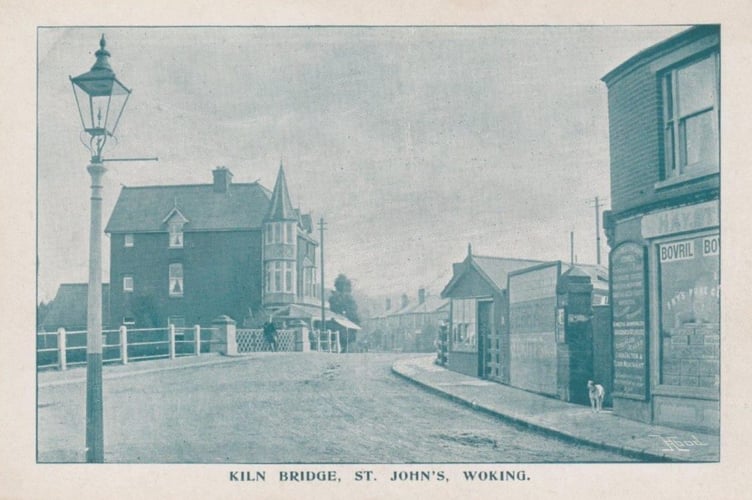
If you have some memories or old pictures relating to the Woking area, call David Rose on 01483 838960, or drop a line to the News & Mail.
David Rose is a local historian and writer who specialises in what he calls “the history within living memory” of people, places and events in the west Surrey area covering towns such as Woking and Guildford. He collects old photos and memorabilia relating to the area and the subject, and regularly gives illustrated local history talks to groups and societies. For enquiries and bookings please phone or email him at: [email protected]

